Climate change
Keepmoat is committed to reducing greenhouse gas emissions quickly, doing our part to prevent further climate change, while reducing the impacts that it may have in the years ahead.

SCIENCE-BASED & NET
ZERO TARGETS
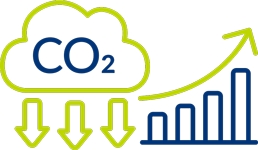
CARBON REDUCTION
PLANS & PERFORMANCE
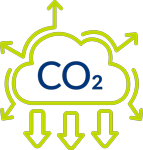
LOW CARBON
DEVELOPMENTS

CLIMATE RISK &
GOVERNANCE
Carbon targets
Keepmoat was among the very first homebuilders to set long-term and net zero targets via the Science-Based Targets Initiative (SBTI) alongside short term science-based targets. All targets are set on a financial year FY22 baseline.

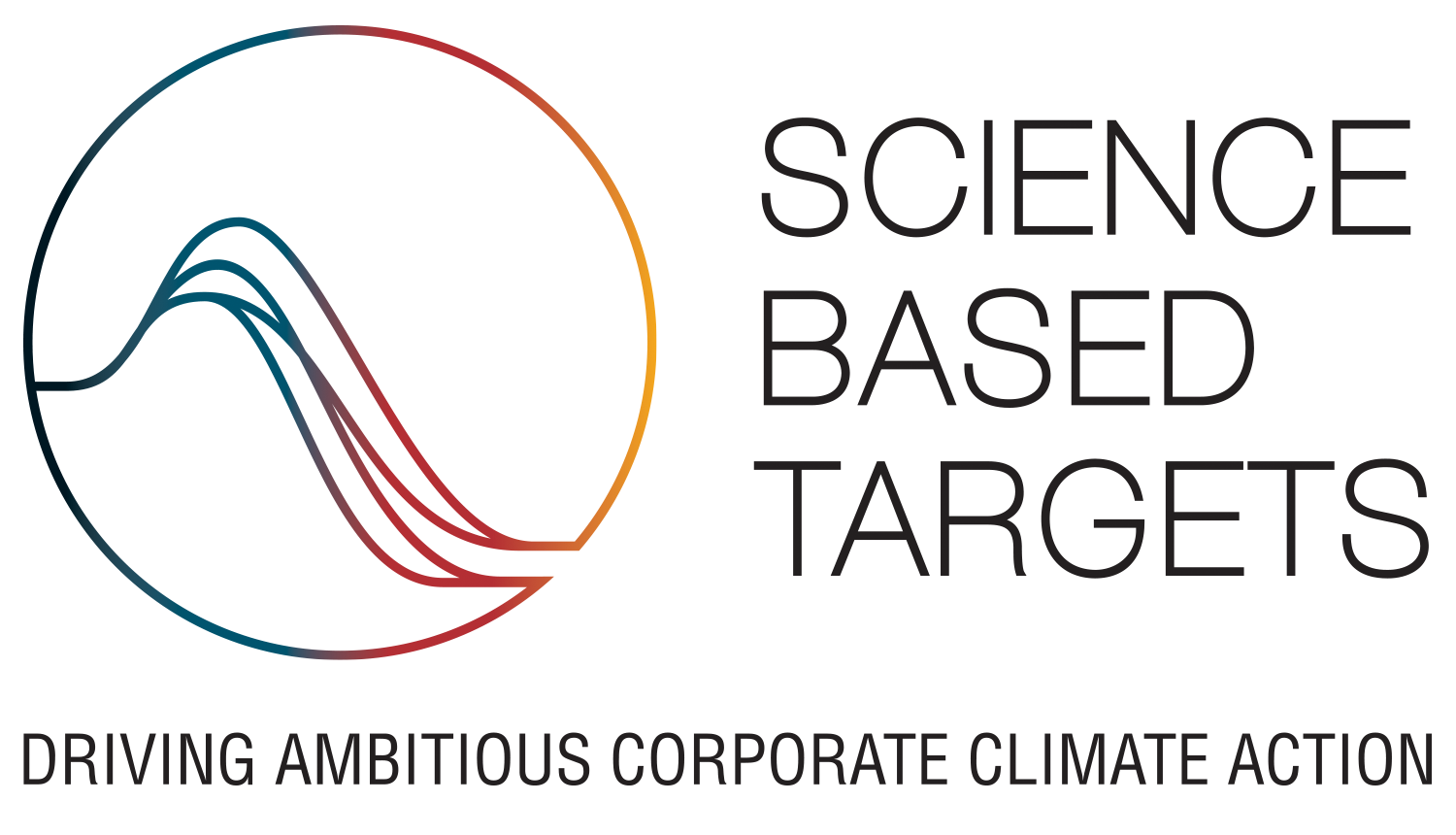
Carbon reduction performance
The table below shows an overview of the key carbon metrics which apply to our science-based targets. For full carbon emission data including Streamlined Energy and Carbon Reporting (SECR), see our annual report.

Carbon reduction plan

See our PPN06/21 Carbon reduction plan disclosure here
Low carbon developments
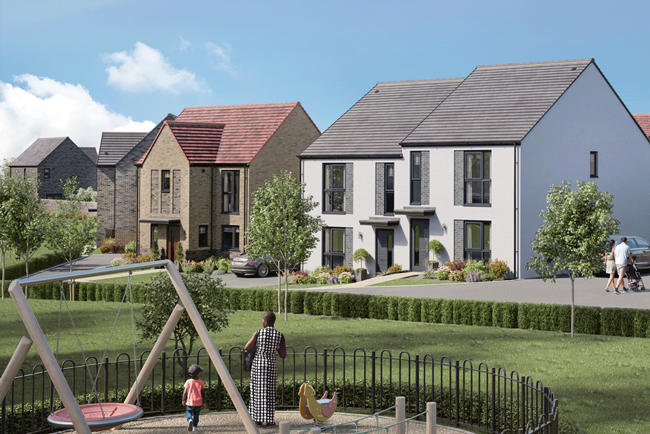
In Partnership with North Somerset Council, we are creating a new community with 425 homes. Six-four are being built to low carbon standards, adding to our experience as the Future Homes Standard of 2025 approaches. Electric charging points for cars are provided throughout.
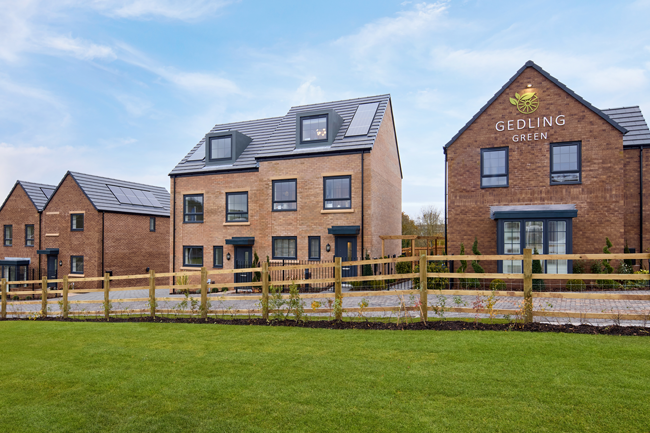
Part of our wider Gedling development totalling close to 1,000 homes, we are building 33 homes to the upcoming Future Homes Standard, in advance of the Standard’s arrival. Birmingham City University are conducting a post-occupancy study on the homes to assess the user experience.
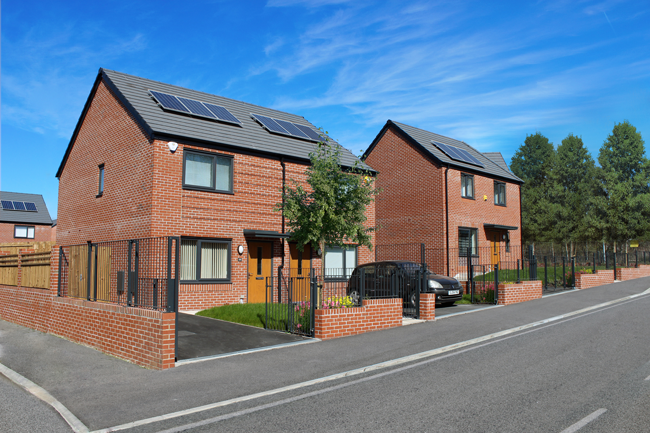
We worked closely with specialist supplier Wondrwall to incorporate an innovative home energy solution on 5 homes on this development. A post-occupancy study was conducted by Salford University. Wondrwall uses data to ‘time shift’ consumption to maximise the use of renewable energy and reduce annual energy costs to the homeowner.
Climate Risks & Governance
ESG and Sustainability has been identified as a Principal Risk and is therefore governed and managed in the same way as those other Principal Risks. Identification, governance and management of risk flows through from the key disciplines in our business, up to the Board as represented below.
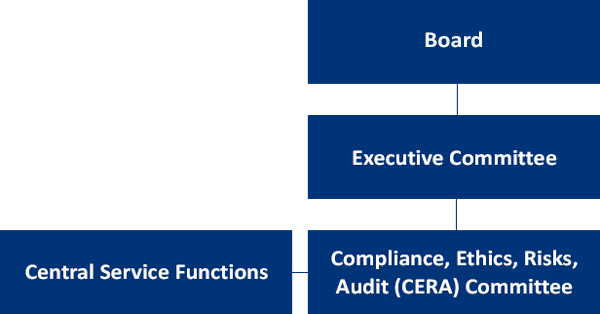
Keepmoat’s Chief Executive Officer has ownership of monitoring and managing the Sustainability and Climate Change principal risk on the Executive Committee.
The climate risk elements that make up this high level risk were determined via the following process undertaken in summer 2023. A long listing process of risks from functional risk registers was analysed together with risks from our materiality assessment to develop a shortlist of risks most likely to have a material impact. These where then analysed by the Group Finance department to establish magnitude.

